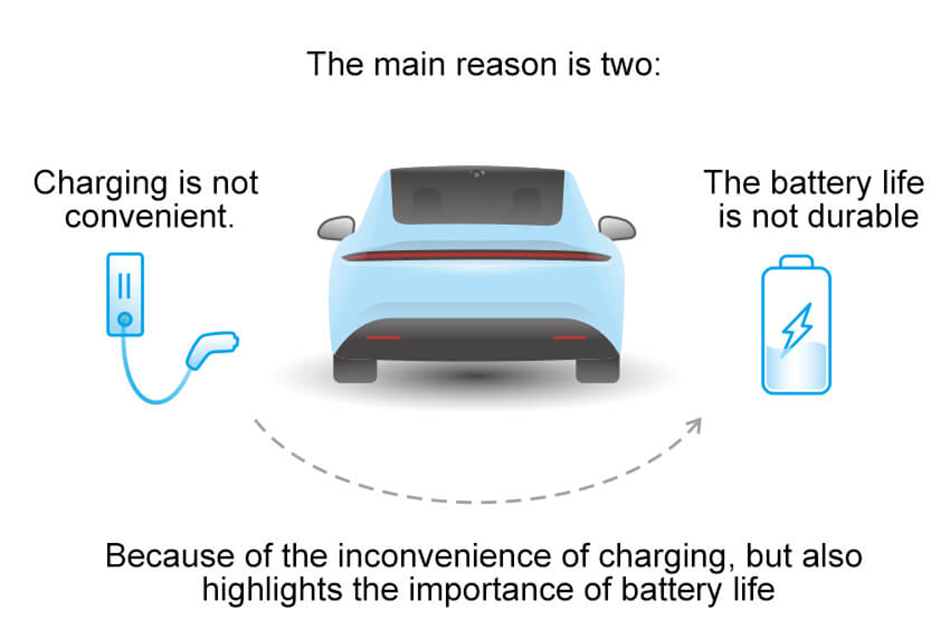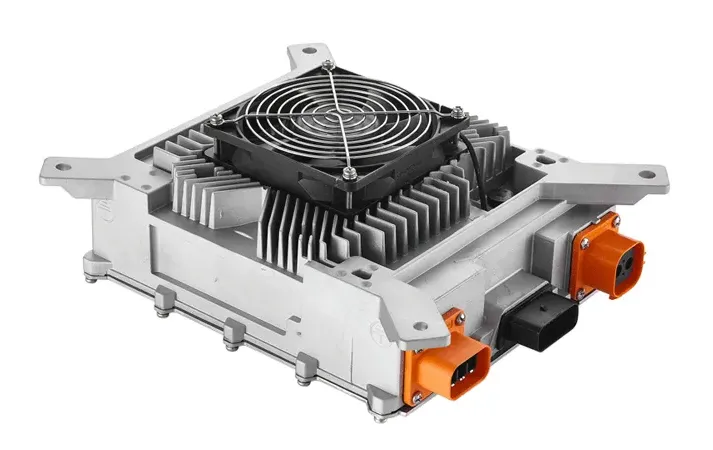Decoding Electric Vehicle Range: Unveiling the Factors Impacting Battery Longevity
Nov 18,2023 | TCcharger

The continuous evolution of electric vehicles (EVs) has seen a remarkable increase in their cruising range, surpassing 600 kilometers. However, the quest for an extended range still persists. In this blog, we delve into the intricate web of factors influencing the durability of EV battery life and, consequently, the cruising range.
1. **Wind Resistance (Air Resistance):**
Overcoming wind resistance is crucial for EVs, especially at high speeds. The drag coefficient, determined by vehicle exterior design, plays a pivotal role. Even a minute reduction in the drag coefficient can significantly enhance the cruising range, emphasizing the importance of aerodynamic efficiency.
*In practice: External installations and trailers increase wind resistance, requiring thoughtful consideration.*
2. **Driving Speed:**
Speed not only intensifies wind resistance but also affects the efficiency of the motor. Straying from the motor's high-efficiency working range results in energy wastage, diminishing battery life. Additionally, higher speeds lead to increased discharge current, further reducing the total discharge capacity of the battery.
3. **Degree of Congestion:**
Urban road congestion demands frequent acceleration and deceleration, causing substantial energy loss and decreasing battery life. Interestingly, on traffic-heavy high-speed roads, reduced driving speed and wind resistance can extend the cruising range.
4. **Driving Intensity:**
Rapid acceleration and sudden braking contribute to energy wastage, exerting a notable impact on battery life.
5. **Temperature:**
Temperature exerts a dual influence on battery life. Low temperatures decrease battery activity, reducing discharge capacity. Conversely, high or low temperatures increase air conditioner power consumption, further diminishing battery life.
*Considerations: 25°C is optimal; extreme temperatures affect battery life.*
6. **Rainwater:**
Rain increases driving resistance, particularly at high speeds, leading to a reduction in battery life on rainy days.
7. **Uphill and Downhill:**
Uphill driving demands overcoming gravity, converting electric energy into gravitational potential energy and diminishing battery life. Downhill sections offer the opposite effect.
8. **Vehicle Load:**
Increased load raises rolling resistance, consuming energy that cannot be recovered. Additionally, more electrical energy is required for acceleration, impacting battery life.
9. **Wheels and Tires:**
Larger wheels contribute to greater driving resistance, affecting battery life. Tire width and pressure also influence driving dynamics and safety.
10. **Tire Pressure:**
Proper tire pressure is crucial for maintaining contact area and reducing driving resistance, positively impacting battery life.
*Caution: Excessively high tire pressure may compromise grip and safety.*
Conclusion:
Understanding the intricate interplay of these factors is vital for maximizing the cruising range of electric vehicles. As technology advances and design innovations continue, addressing these influences becomes instrumental in pushing the boundaries of EV capabilities.



